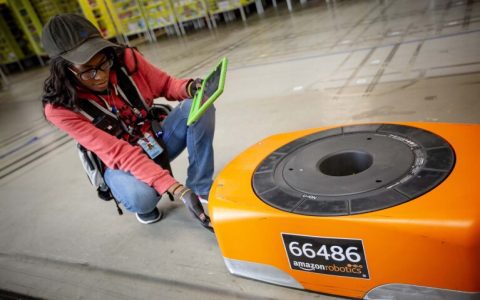Backpack robots, or wearable robotic systems, enhance human strength and mobility by intelligently assisting movements. They operate through integrated hardware and software, designed for ergonomic support in tasks like lifting or walking.
Step 1: Motion Sensing
Sensors, such as inertial measurement units (IMUs), continuously monitor the user's body movements, posture, and external forces. These detect shifts in balance, speed, and direction in real-time.
Step 2: Data Analysis
An onboard processor or AI algorithm analyzes sensor data to determine necessary assistance levels. This involves calculating torque requirements and predicting user intent to ensure safe, efficient support.

Step 3: Actuation Assistance
Electric motors or actuators engage based on processor commands, generating controlled forces. For example, they reduce lifting strain by countering gravity, synchronized with the user's gait or action without causing instability.
Step 4: User Interaction
Users interact via simple interfaces like buttons, apps, or voice commands. Real-time feedback systems adjust assistance dynamically, maintaining comfort and performance while avoiding over-reliance.
Step 5: Power Management
Rechargeable batteries supply energy, optimized for longevity and minimal weight. Built-in diagnostics monitor battery life and system health, ensuring reliable operation during use through efficient power distribution.






